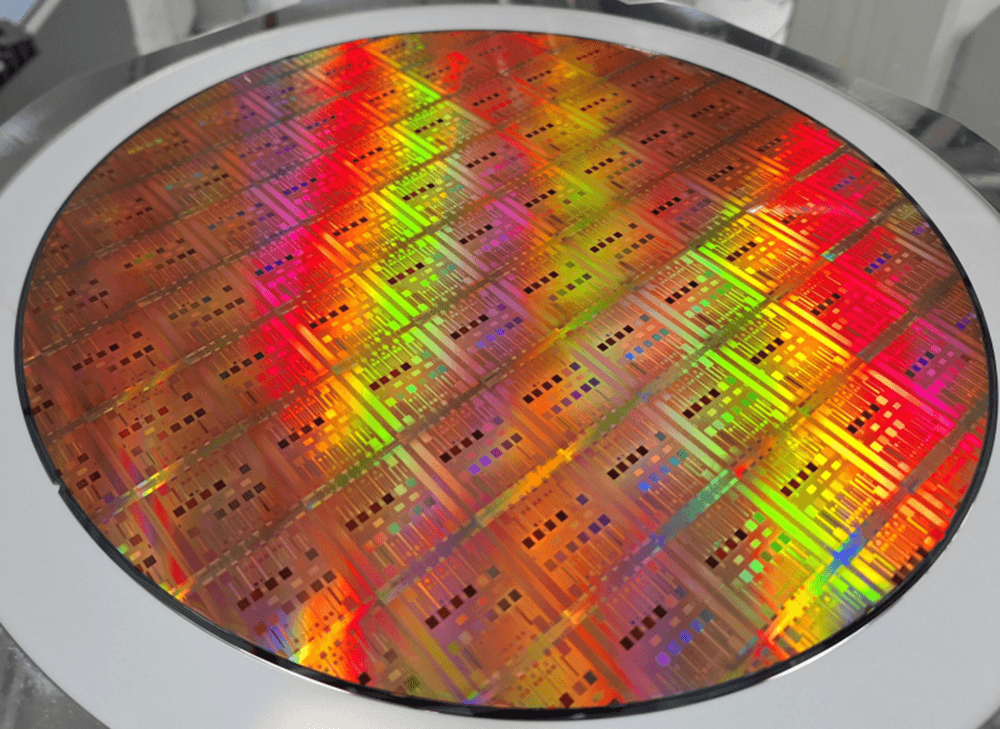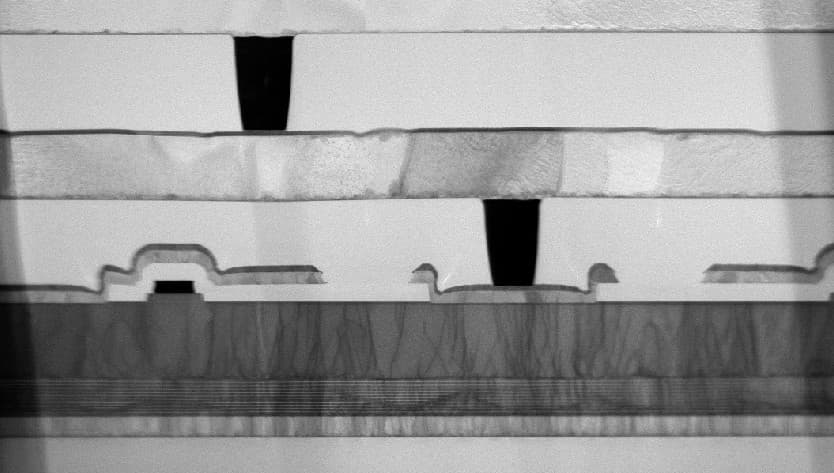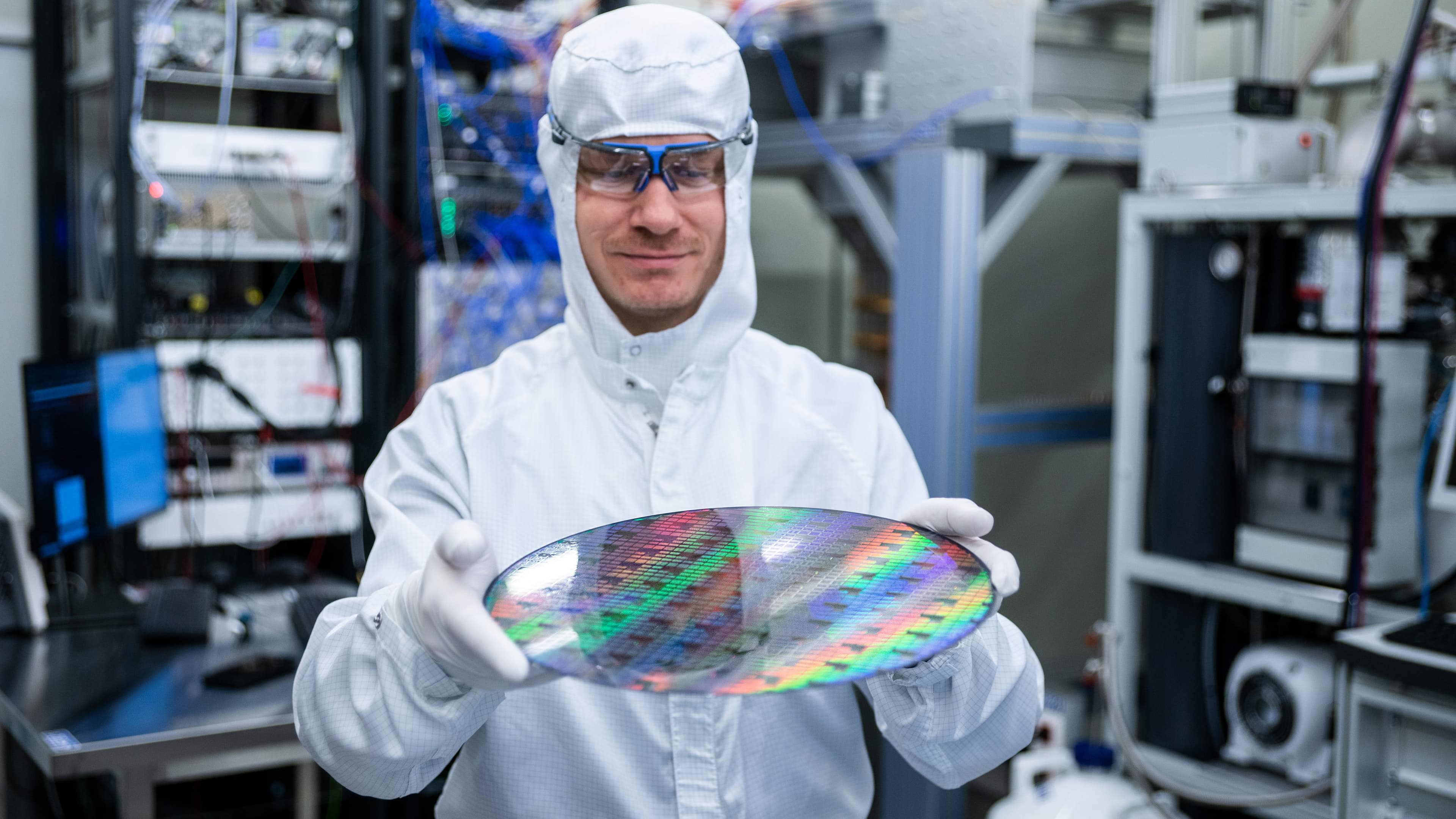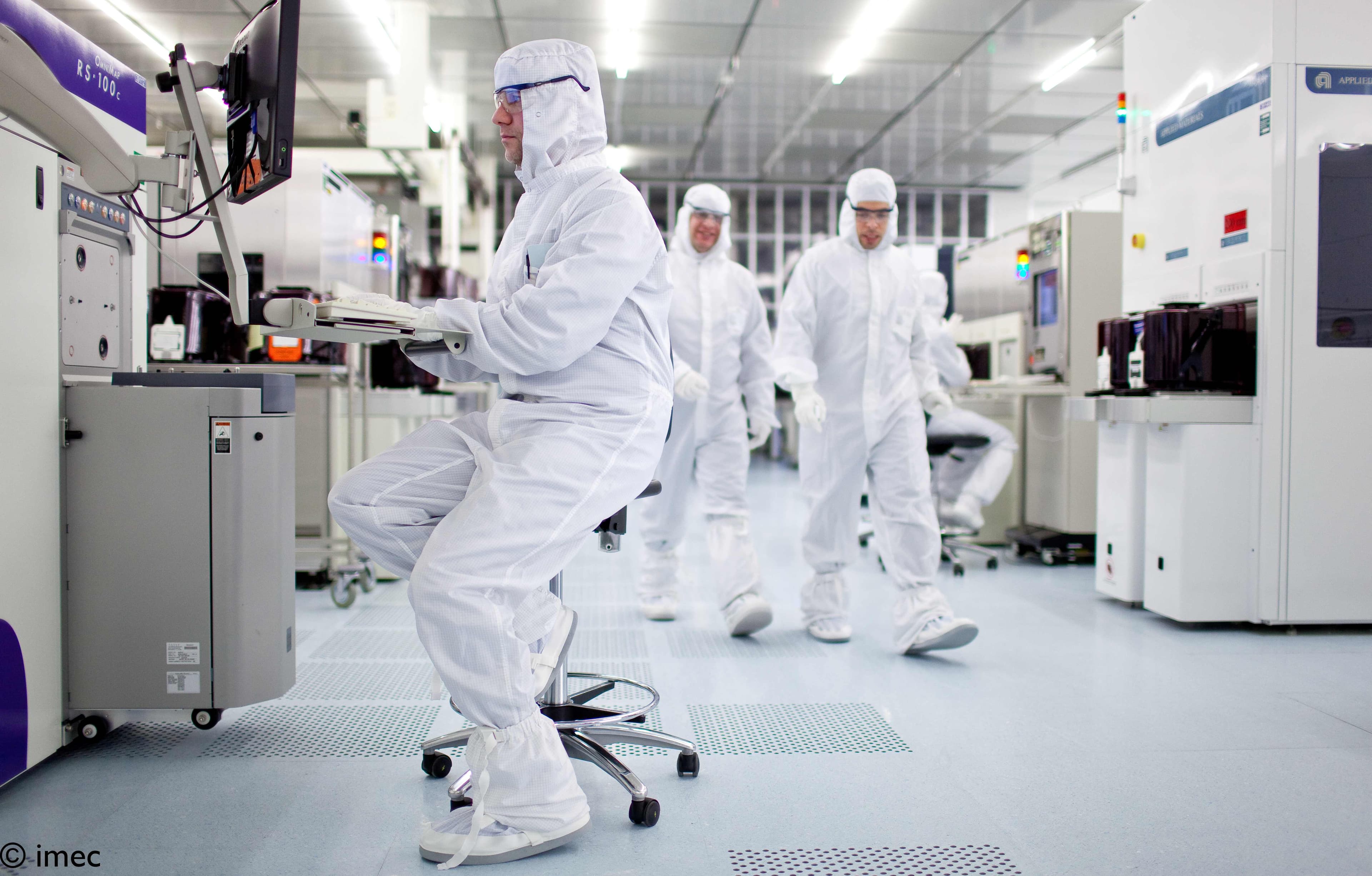Various remote (professional) collaboration tools are on the market today. Typical examples include video streaming and conferencing solutions, but there are plenty of other use cases: control rooms, for instance, increasingly make use of advanced collaboration tools as well – to share data, stats and video with remote operators and security staff.
To support this type of applications, hardware-based solutions exist that make use of dedicated networks and devices to guarantee an excellent quality-of-service (QoS).
On the other hand, their software-based counterparts use shared networks (e.g. LAN, WAN, Internet). And while the latter can more easily adapt to varying numbers of users and different devices, the devices at this end (e.g. smartphones, tablets) have not been designed to handle the specific needs and requirements that professional collaboration requires. So, what if we could combine the best of both worlds?
“With EMD, we pursued the creation of a flexible, scalable and reliable cloud-based platform for the real-time and secure distribution of A/V content. A collaboration platform that comes with a guaranteed QoS, yet flexibly supports a variety of devices and varying numbers of users. A generic platform, as well, that can be used in different application scenarios,” explains project lead Jürgen Slowack (Barco).
“One of the major challenges was the number of dynamics at play. To find the right balance between QoS and the usage of a shared, cloud-based infrastructure, one needs to have a good view on how the system is behaving and how much bandwidth and computing power is required at any given time. Hence, an important part of the project included investigating ways to intelligently reserve – and release – the proper cloud resources,” adds research lead Bruno Volckaert (imec - Ghent University).
The outcomes
1. A dynamic provisioning tool for Virtual Machines that allows people to set up and join a high-quality collaboration session within seconds
First of all, the consortium investigated how to translate the benefits and robustness of Barco’s hardware-based A/V collaboration tools in a software solution – turning the various pieces of hardware into software components that can be installed on Virtual Machines in the cloud, while also shifting from a dedicated network to a shared one.
Bruno Volckaert: “But that led us to ask the question: how can we provision the proper cloud resources in the most optimal way? Today, setting up a collaboration session using Virtual Machines takes up to two minutes – which doesn’t work in a business context. Moreover, reserving high numbers of Virtual Machines (to guarantee QoS, no matter the number of online collaborators) can become pretty expensive. So you want to make sure cloud resources are used as efficiently as possible – and reserved/released in function of the actual demand.”
Hence, a novel Virtual Machine provisioning approach was developed. It dynamically reserves and releases idling Virtual Machines, enabling collaborators to connect within seconds while upholding the required QoS and using resources as (cost-)efficiently as possible. Importantly, the technology learns from its past behavior – so that efficiency increases even more over time.
2. A network optimization algorithm that decides where to put A/V transcoders – optimizing QoS at a reduced cost
When setting up a collaboration session, you want to make sure that the A/V streams are transcoded in function of the collaborators’ screens – as to avoid the network gets overburdened. Sending
out 4K video streams to people joining a session with their mobile phones, for instance, doesn’t make sense.
Hence, EMD resulted in an algorithm that takes into account a variety of collaboration requirements, constraints (available bandwidth, latency, etc.) and parameters (such as cost) to decide where A/V software components should be put in the network – translating in a better QoS at a reduced cost.
3. The world’s first SDN Controller providing an improved QoS by supporting IP switches from different vendors
In a business context, offering A/V collaboration services with the highest QoS – even if transported over a shared network – is a must-have. Yet, the network’s IP switches (which process and route the various A/V packets) are typically optimized for chunks of traffic (e.g., file transfer, internet browsing) and are sometimes unable to cope with traffic bursts, causing video streams to stall.
Today, (re)configuring those IP switches is not easy – with hundreds of parameters that need to be set. Hence, EMD laid the foundation of the world’s first generic SDN Controller (the brain of the network) that supports IP switches from different vendors in a uniform way. As such, guaranteeing a high QoS – by avoiding packet loss and limiting latency to an absolute minimum – suddenly becomes a lot easier and considerably less expensive, with the SDN Controller reserving and managing the proper resources to uphold the agreed-upon QoS.
Next steps
Building on the EMD project results, SDNsquare’s new SDN Controller readily supports IP switches from different vendors – providing them with a major competitive advantage.
Barco is looking to include a number of EMD components in the roadmap of its ClickShare product portfolio; moreover, they are investigating the technology’s potential in application domains such as education (virtual classrooms with remote students), healthcare (digital operating theatres), etc.
Axians continues to explore the technology’s potential to improve its ‘business continuity as a service’ offering – which focuses on anomaly detection and predictive network maintenance (flagging issues before they impact the actual service).
Download the leaflet
EMD
Elastic Media Distribution for Online Collaboration.
EMD is an imec.icon research project funded by imec and IWT.
It ran from 01.01.2015 until 31.12.2016.
Project information
Industry
- IMTECH ICT
- SDNsquare
- Barco
Research
- imec - IBCN - Ghent University
- imec - DistriNet - KU Leuven
- imec - MOSAIC - University of Antwerp
Contact
- Project Lead: Jürgen Slowack
- Research Lead: Bruno Volckaert
- Innovation Manager: Piet Verhoeve












